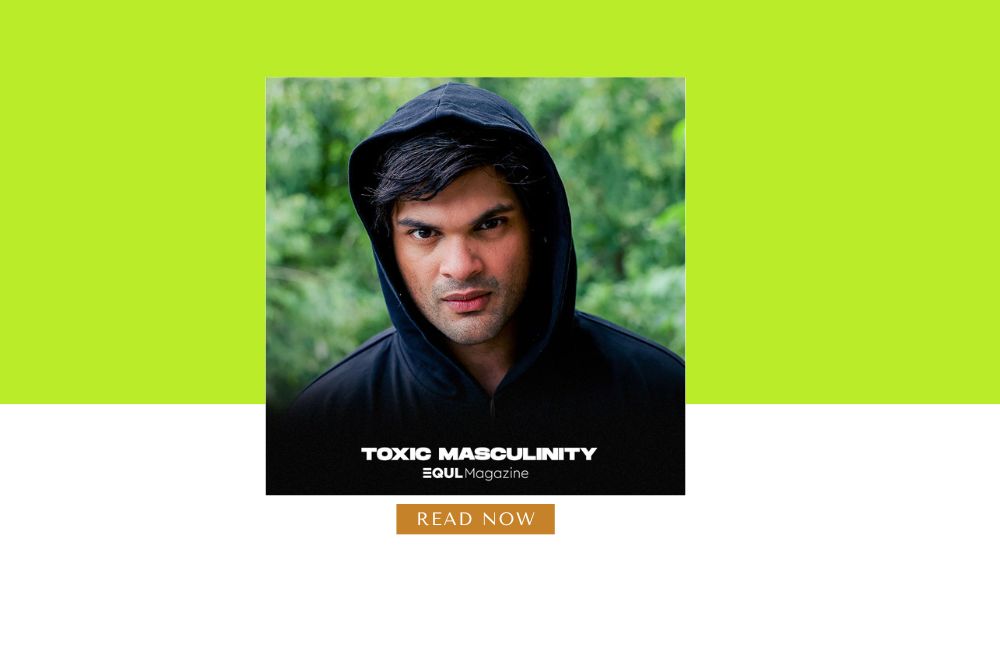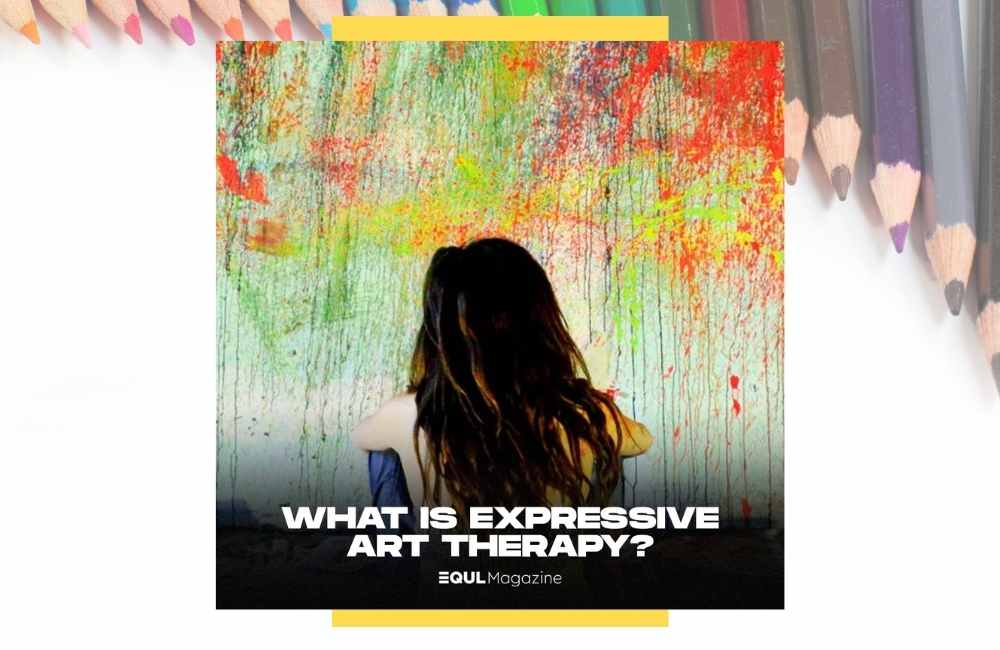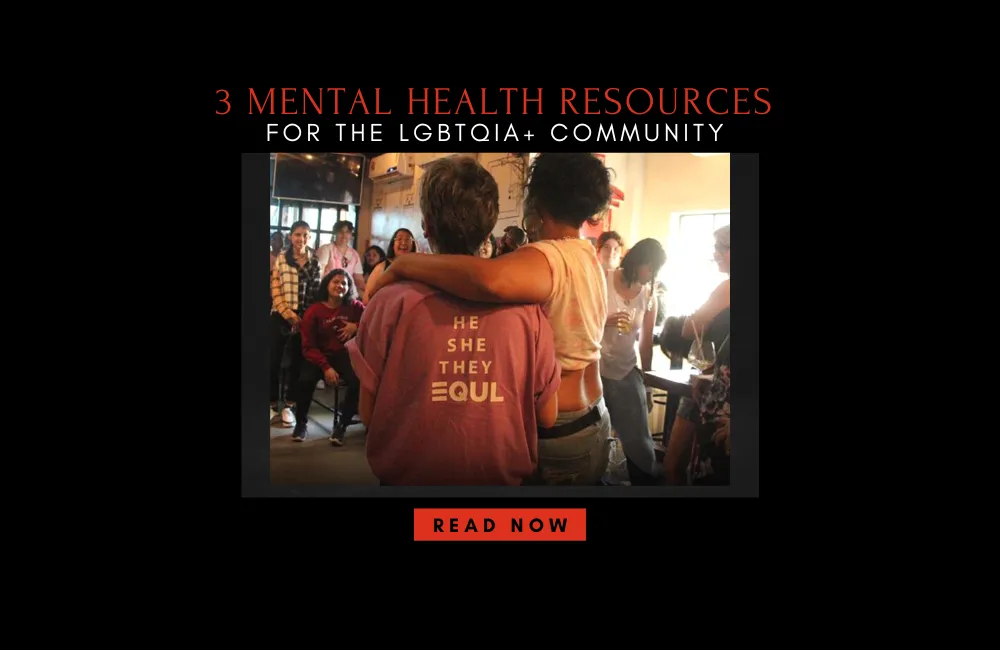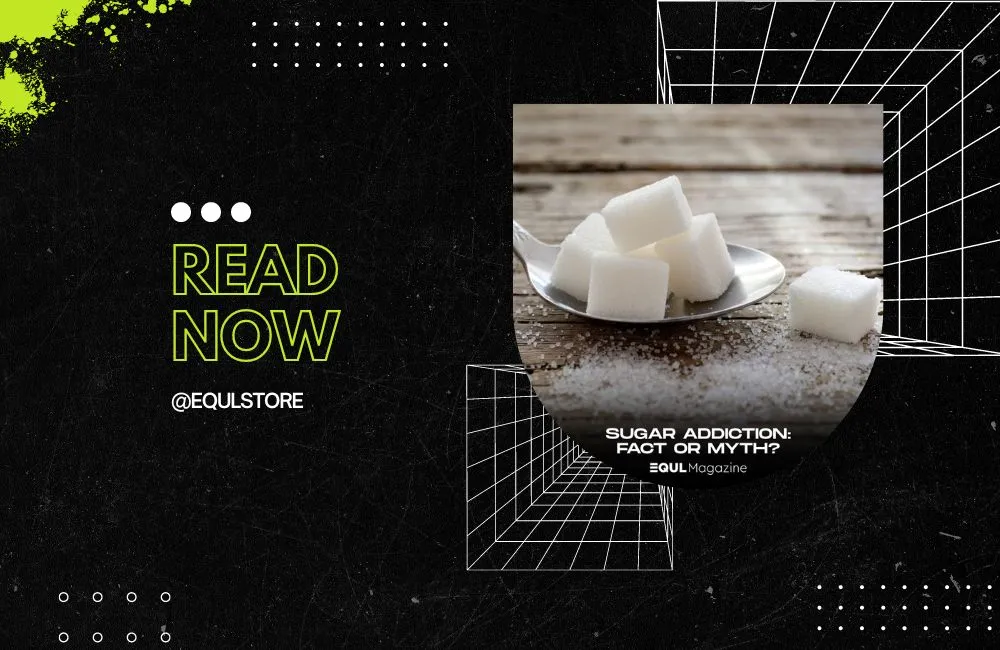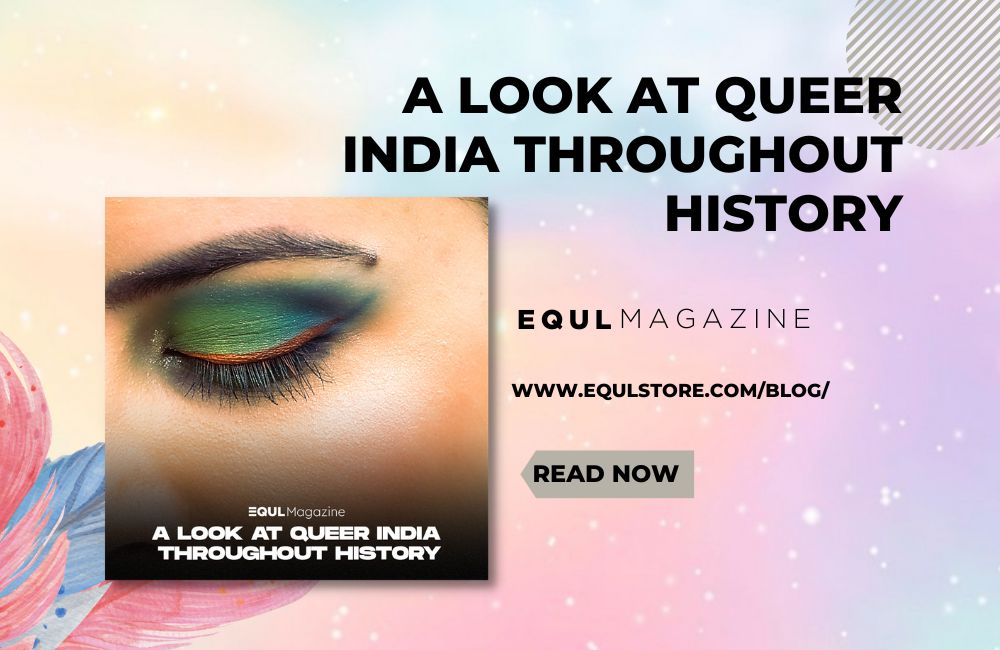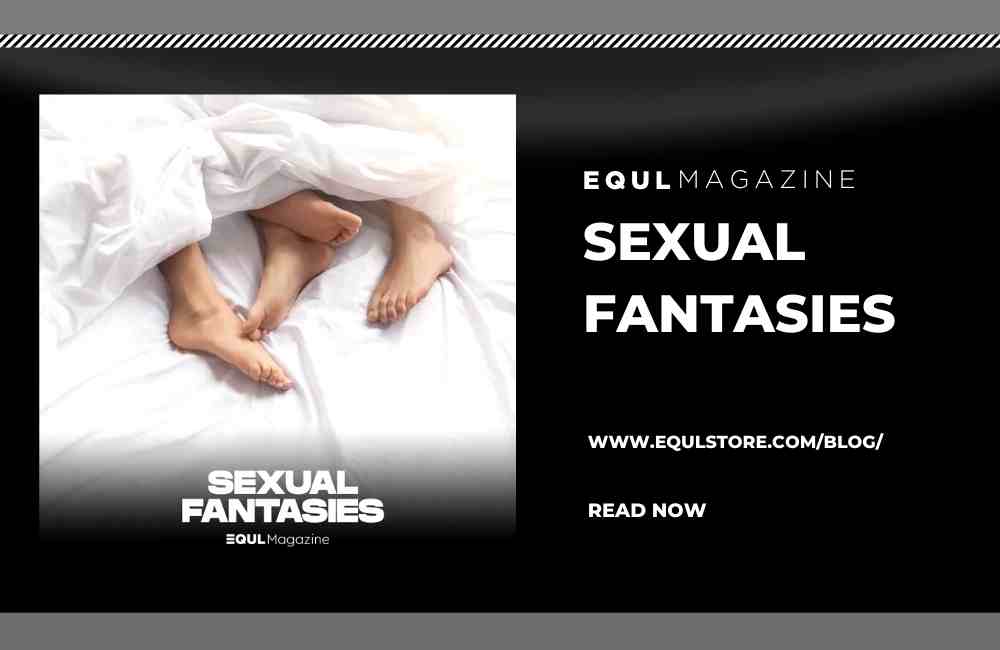The queer alphabet: what is “LGBTQIA+” ?
The queer alphabet: what is “LGBTQIA+” ?
I was recently at a wedding where the person at my dinner table casually started chatting with me.
As it usually goes, my work came up, which eventually (and naturally) led to the mention of being queer and the LGBTQIA+ community.
“It’s just all so confusing,” the cis het male sitting across from me had expressed. According to him, the adding of letters and many other changes to queer terms were a bit too much for him to keep up with.
Is it really though? Let’s navigate the basic queer alphabet, starting with just the breakdown of “LGBTQIA+.”
“L” stands for lesbian, for women who are attracted to women.
“G” stands for gay, for men who are attracted to men.
“B” stands bisexual, for people attracted to others in more than one sex, gender or gender identity.
“T” stands for transgender, for people whose gender identity and expression is different than their assigned sex at birth. It is an adjective, not a noun or a verb.
“Q” stands for queer, for people who’s sexual orientation falls under muliple categories. It is an umbrella term for non binary or gender fluid and used as an adjective. Queer can include non binary, gender fluid, gender queer and gender non conforming individuals. It can also stand for those that are still questioning their sexual orientation and gender identities.
“I” stands for intersex, for people born with differences in their reproductive anatom and sex traits, that don’t fit typical categories of either just male or female. The differences can be hormonal, chromosomal, genital, internal sex organ related and/or even related to secondary sex characteristics.
“A” stands for asexual, for people who do not have sexual attraction or sexual desire for others.
“+” stands for plus, a symbol for people who have a sexual orientation or gender identity that is not represented by any one part of the acronym. It is a way for the entire acronym to remain inclusive and open to those identities that are not yet described.
Queerness is natural and queer beings have been around in humans and other species from the existence of life itself. We may have lacked terminology to express their identities, but that’s on us, not them.
Our languages remaining non inclusive through most of mainstream history is not the issue of a queer person— it’s not their responsibility to accommodate our inability to keep up with the changes.
Ofcourse, there’s no way for all of us to always be correct, polite and inclusive in our language, but I think it remains our responsibility to atleast do our best. Do the research, ask questions, accept corrections, and try harder.
I think the main reason why additions to queer friendly language seems rapid to a non queer person is because there’s just a lot pending, and we’re very new to being open to it, collectively. The accommodation of more inclusivity in our language was long overdue, so we are still just catching up, in many ways.
And we may want to define the fluidity of all our genders and sexualities in a 2+2=4 type equation, but we sometimes just simply cannot. We’re more complex than that—words will fall short, need an upgrade or need to change.
Honestly, if you’re really struggling and don’t know where to start, google is your friend. No excuses.
And I’ll leave you with an equation to ease your mind…
Good communication + making space for everyone = A better world
Writer: Shanaya Tata
There are no comments




